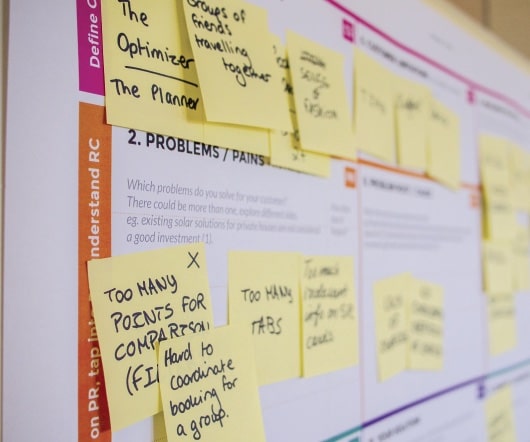Newcastle Univ. researchers say expansion of Panama Canal could help reduce carbon footprint of marine industry
Green Car Congress
JANUARY 24, 2012
In a paper published this month in the International Journal of Maritime Engineering , Paul Stott and Dr Peter Wright of Newcastle University, UK, suggest that the $6-billion Panama Canal expansion program offers the marine industry as a whole an opportunity to reduce its environmental impact.











Let's personalize your content